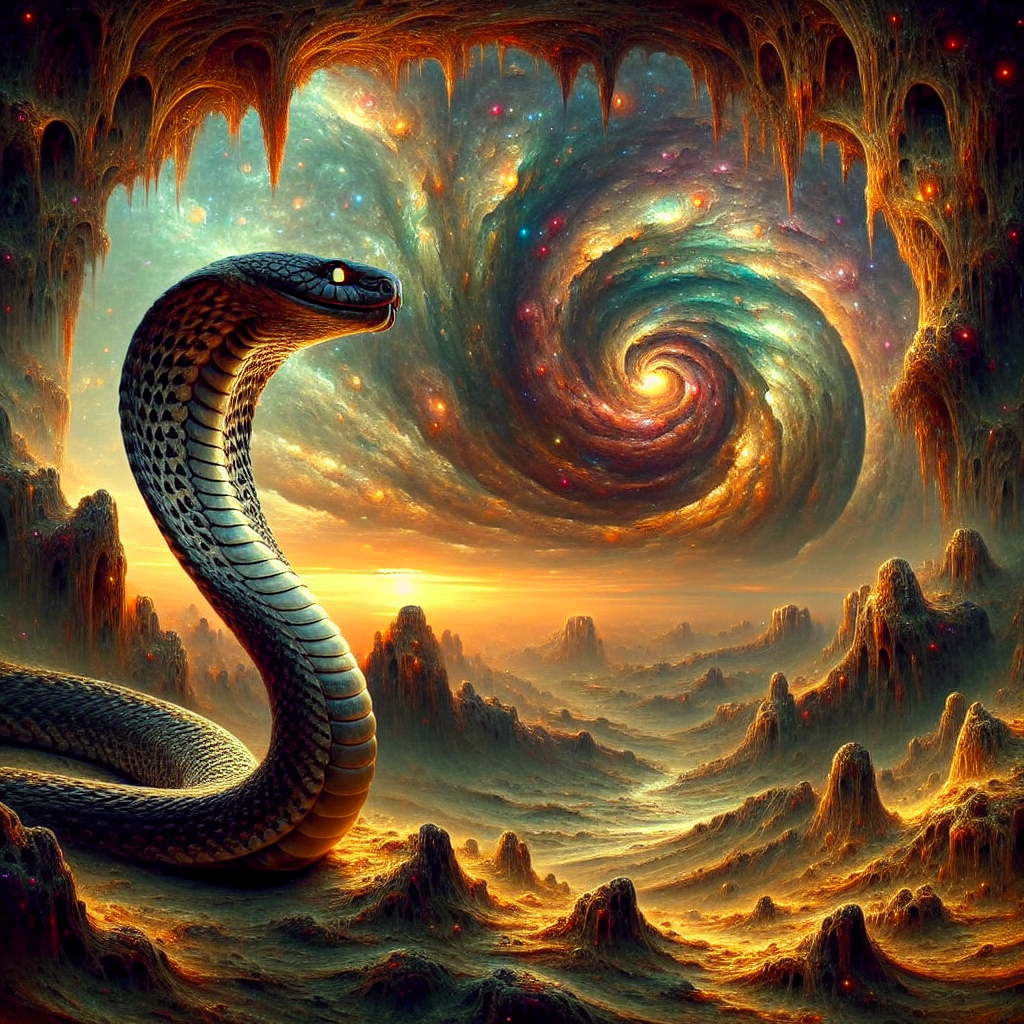Ever wondered what secrets lurk deep in the forests of the Philippines? Meet the Samar cobra, a fascinating yet fearsome creature. The Samar cobra, scientifically known as Naja samarensis, is a venomous snake native to the islands of Samar, Leyte, Bohol, and Mindanao in the Philippines. First described in the early 1900s, this snake has become a symbol of both mystery and danger, striking a balance between its role in nature and its impact on human communities.
This cobra doesn't just crawl through the underbrush; it commands attention with its unique characteristics. Its striking black and yellow banded pattern is not just for show; it's a warning. With its potential to grow over a meter long, it's one of the animals you can’t easily miss in its forested habitat and surrounding agricultural areas.
But why are we, the Gen Z, so intrigued by such a snake? Let’s face it, our love for animals often goes beyond the cute and cuddly. The Samar cobra challenges our perceptions and forces us to consider an aspect of nature that's raw, real, and sometimes threatening. It reflects a part of the wild that isn’t necessarily meant to be controlled or commodified, but appreciated from a respectful distance.
On the one hand, these snakes play crucial roles in the ecosystem by controlling the rodent population. Their role in maintaining the balance in the food chain can't be undermined. On the other hand, their venom poses a significant threat to humans. Bites from the Samar cobra can cause severe symptoms, including swelling, respiratory paralysis, and if untreated, can be fatal. It's this duality that makes the Samar cobra both feared and respected.
This leads us to a broader discussion about human-wildlife conflict. The expansion of agricultural and residential areas into the natural habitats of these snakes has increased the frequency of snake-human encounters. Many residents have responded with fear and hostility, sometimes leading to the snakes being killed. Here’s where empathy kicks in – it's about seeing the world from the Samar cobra's perspective. This snake isn't out to attack humans for sport. Often, it's acting out of self-defense. Taking time to understand this can lead to more humane solutions.
In more forward-thinking communities, efforts are underway to educate locals about handling encounters safely. Programs have emerged that emphasize coexistence rather than eradication, teaching about the benefits these snakes provide to the ecosystem. Such educational initiatives encourage villagers to call experts to relocate snakes instead of killing them, thus preserving biodiversity and promoting safer human communities.
Many environmentalists and animal rights advocates propose that efforts to preserve the Samar cobra could align with larger conservation goals, aiming to protect the unique biodiversity of the Philippines. The challenge is to cooperate in designing better conservation strategies that balance ecological needs with human safety. It's about investing in local expertise and building long-term partnerships between government, NGOs, and communities.
For some, snakes will always evoke a primal fear, an automatic 'yuck' reaction. That’s understandable, given how many narratives have cast them as villains throughout history. But changing the narrative could transform fear into fascination. Documentaries, social media, and influencer campaigns could recast these serpents from symbols of danger to representations of ecological resilience.
The Samar cobra's story is broader than just a snake being dangerous; it's about what it represents in terms of biodiversity, conservation, and the balance of ecosystems. More importantly, it propels us to consider the unknown, the elements of our world that are unpredictable and untamed. Being politically and socially aware today involves considering how our actions affect all living beings, big and small.
As activists or casual nature lovers, understanding the Samar cobra is part of a larger agenda in redefining our relationship with nature. Our generation can contribute to changing the rhetoric around conservation and wildlife coexistence. It's not just about protecting a single species, but about valuing the threads that make up the rich tapestry of life on Earth.
Promoting coexistence with nature means rewriting our present conservation methods with an empathy-led approach. The Samar cobra, if anything, is a reminder of what’s at stake and why it’s essential to act, think, and grow.

